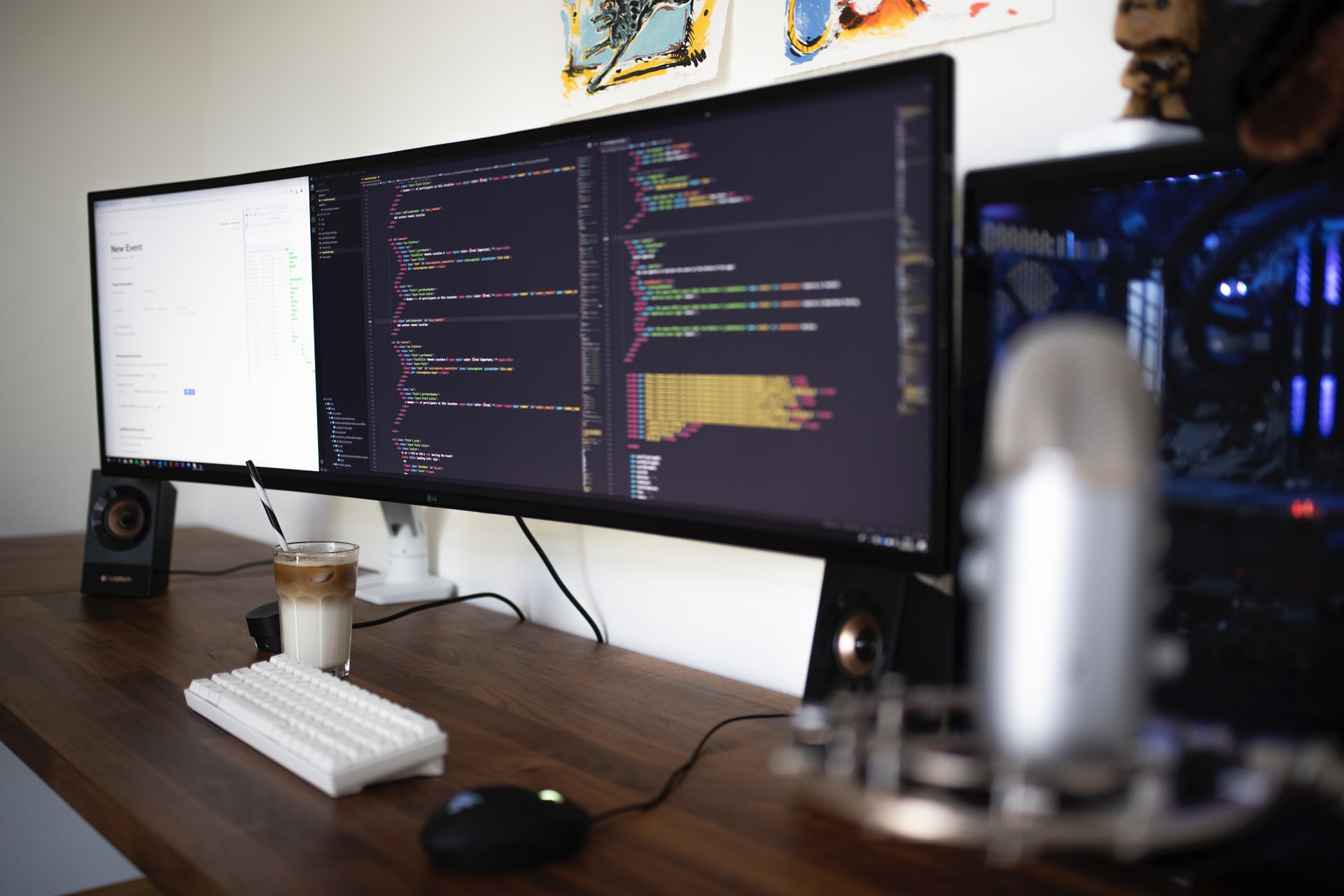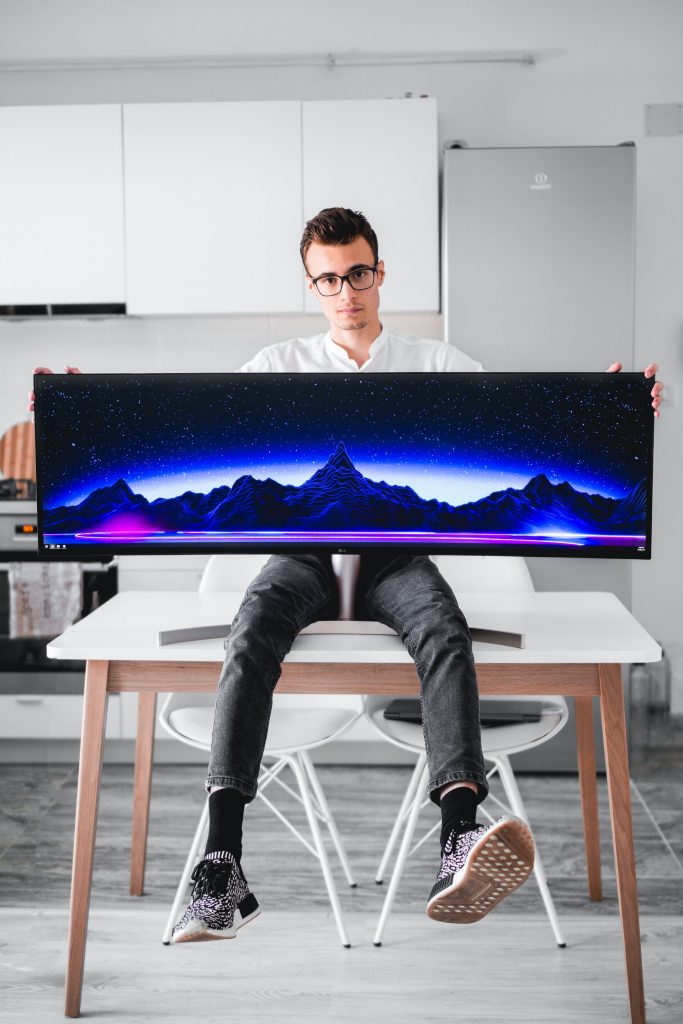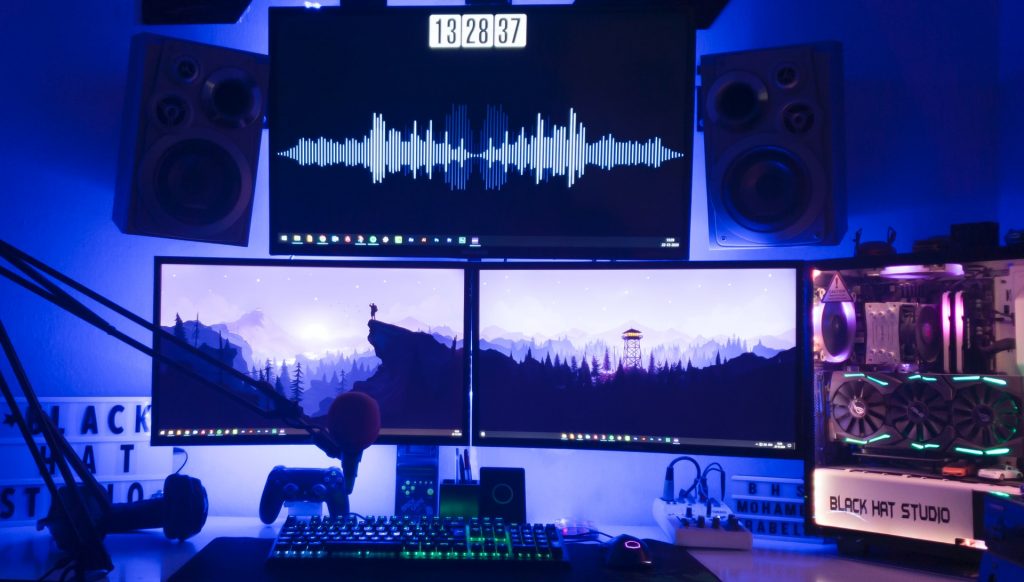
How do you choose the best monitor for your needs when comparing Ultrawide vs. Dual Monitor? A great idea is to use an Ultrawide or Dual Monitor arrangement to increase your working efficiency. If you spend a lot of time in front of your PC, then you’ll know the benefits of having more screen space to work with. However, it can get confusing when it comes down to choosing which type of setup best suits your needs.
An Ultrawide monitor is Ideal for having your desktop and apps on one large display. Dual Monitors are perfect for productivity tasks such as writing documents, presentations, and editing photos. Both setups help improve your overall workflow, allowing you to multitask efficiently. The main difference is that an Ultrawide monitor has a larger viewing area. However, Dual Monitors provide better viewing angles and greater flexibility.
The Ultrawide vs. Dual Monitor debate has been going on for years, with both sides claiming their setup is better than the other. In this article, we’re going to look at what each type of setup offers and how they stack up against one another.
What Is An Ultrawide Monitor?
Ultrawide monitors come with a 21:9 pixels resolution and look like the usual film studio displays. They have a screen resolution of 2560 pixels wide by 1440 pixels high, in monitor sizes ranging from 29 to 34 inches.

This diagonal workspace eliminates gaps between programs or projects. It also removes the need for several cables to your device’s graphics card to link all of those monitors combined for a smooth working experience.
What Is A Dual Monitor?
A Dual Monitor allows you to use two displays to get more show area than a single display. Dual Monitors, for example, comprise two displays with typical 16:9-pixel ratios and qualities.
Every monitor’s quality can be similar or vary in this case, such as two 1080p displays and one 1440p display, or whatever you wish.
Ultrawide Vs. Dual Monitor: Similarities
Here are some similarities between Ultrawide vs. Dual Monitor setups.
Improved Visibility And Ergonomics
Both setups allow you to see more information at once, making navigating multiple windows and applications easier. This makes it easy to switch back and forth between different tasks without losing focus.
Increased Productivity
Dual and Ultrawide monitors offer a bigger canvas for you to work on. The multiple-screen setup lets you view more content at once, increasing your ability to complete tasks quicker and boosting productivity by up to 42%. The Ultrawide curved surface also provides a comfortable viewing angle, helping you stay productive throughout the day.
Differences Between Ultrawide And Dual Monitors
Here are some differences between an Ultrawide and Dual Monitor display.
Cinematic Aspect Ratio
A 21:9 aspect ratio Ultrawide display is designed for watching movies and other streaming material. After all, most movies are shot and intended to be seen in the 21:9 aspect ratio. With two monitors, you can emulate a 21:9 format. Although, it will not always work, and you may need to use letterboxes to watch some videos.
Multitasking
Both monitor types are great for multitasking. However, many professionals prefer dual or multiple monitors. This allows them to display a window on one monitor while the second monitor displays another.

You can change the display orientations so that one is vertical and the other is horizontal. The vertical screen will work well for reading and writing codes, while the horizontal screen tests the coding results.
Price
Ultrawide monitors are more expensive than standard screens. Two monitors may cost a little more but not as expensive as a single Ultrawide display. Ensure to get two of the same monitors if you’re going for the Dual Monitor setup. It’ll maximize satisfaction and improve ergonomics.
Simplicity
Setting up an Ultrawide display is more straightforward than setting up two separate monitors. With Dual Monitors, you’ll need a PC with different display connections. You might also have to tinker with some deep settings to get things to work. In contrast, an Ultrawide monitor only needs a single connection to function correctly.
Conclusion
Having either an Ultrawide or Dual Monitor setup can benefit you. However, there are some pros and cons associated with each type. To maximize your experience, consider your specific requirements when choosing which setup is best for you.







